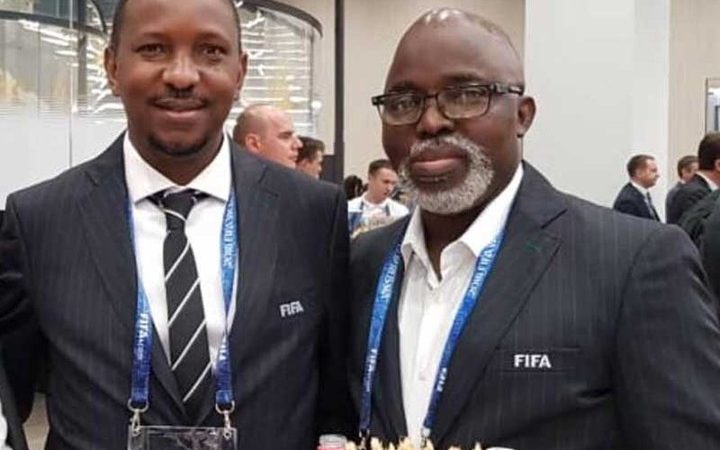According to a report by Womensagenda.com.au, history was made last night at the 2023 FIFA Women’s World Cup with the inclusion of the first female player wearing a hijab.
Nouhaila Benzina, a defender for Morocco’s Atlas Lionesses, was part of the starting line-up in the game against Germany in Melbourne on Monday night.
Not only did the entire team make history as Morocco’s debut appearance at a FIFA Women’s World Cup, but Benzina made history as the first woman at the senior-level FIFA tournament to play while wearing a hijab.
The Journey to History
Benzina expressed her pride in being a part of the history-making side, which is also the first Arab women’s team to compete in a FIFA World Cup. “Lots of hard work was done over many years, and thank God it has had a positive result,” she said. “We hope to play at a high level and can honor Moroccans.”
The Ban on Hijabs
In 2007, FIFA placed a ban on the hijab and other religious head coverings after an incident involving 11-year-old Asmahan Mansour from Canada. Mansour was not allowed to wear a headscarf at a tournament in Quebec due to “health and safety concerns.” This incident led to the official ban on religious headscarves, with the initial reasons being “religious symbolism.” However, the ban was difficult to enforce as other religious symbols were allowed on the field, such as tattoos, goal celebrations, and players doing the sign of the cross.
Lifting of the Ban
The ban on head coverings for both male and female players was lifted in 2014, seven years after its implementation. Players are now allowed to wear head coverings as long as they are basic and the same color as the team uniforms. This change in regulations has opened doors for players like Benzina to represent their countries while adhering to their religious beliefs.
Morocco’s Debut Appearance
Morocco’s Atlas Lionesses made their debut appearance at the FIFA Women’s World Cup in last night’s game against Germany. Despite their loss of 6-0, the team’s achievement is significant in breaking barriers and representing Arab women on a global platform. The next game for Morocco will be against South Korea on Sunday, July 30, in Adelaide.
Key Takeaway:
Nouhaila Benzina became the first female player to wear a hijab at the FIFA Women’s World Cup.
The ban on hijabs and religious head coverings was officially lifted in 2014 after being in place for seven years.
Morocco’s Atlas Lionesses made their debut appearance at the tournament, marking a significant milestone for Arab women’s sports.
– Their next game is scheduled against South Korea on Sunday, July 30, in Adelaide.









